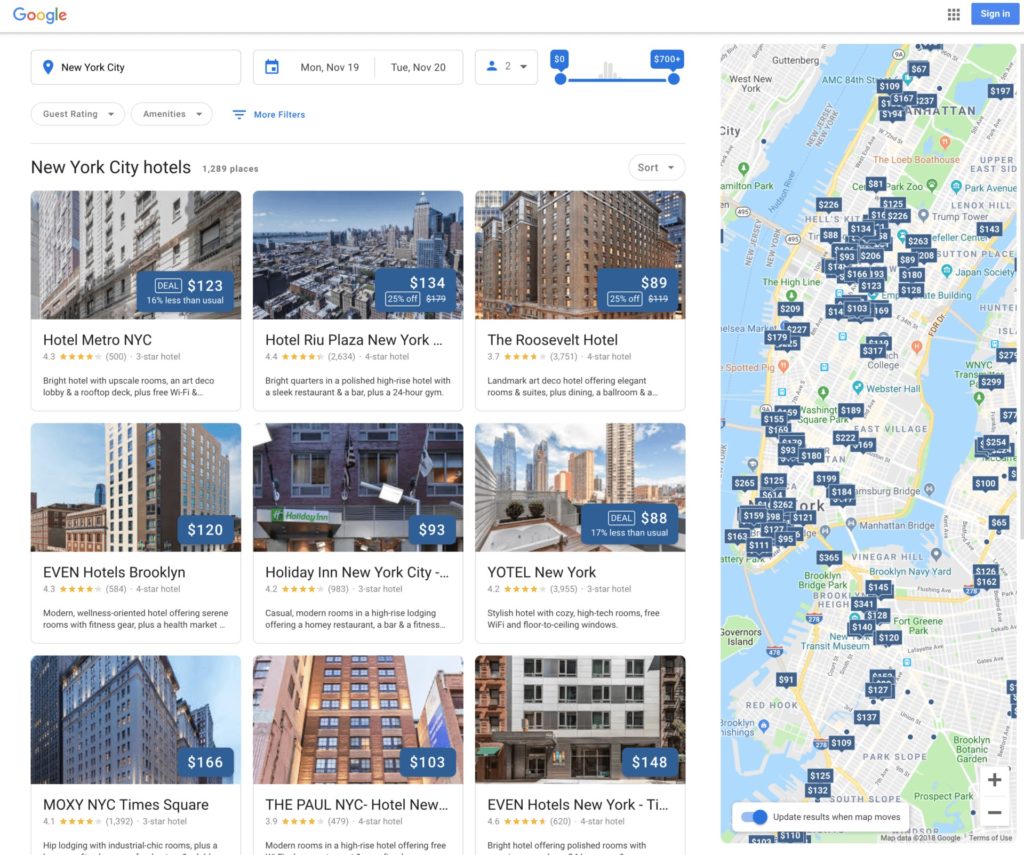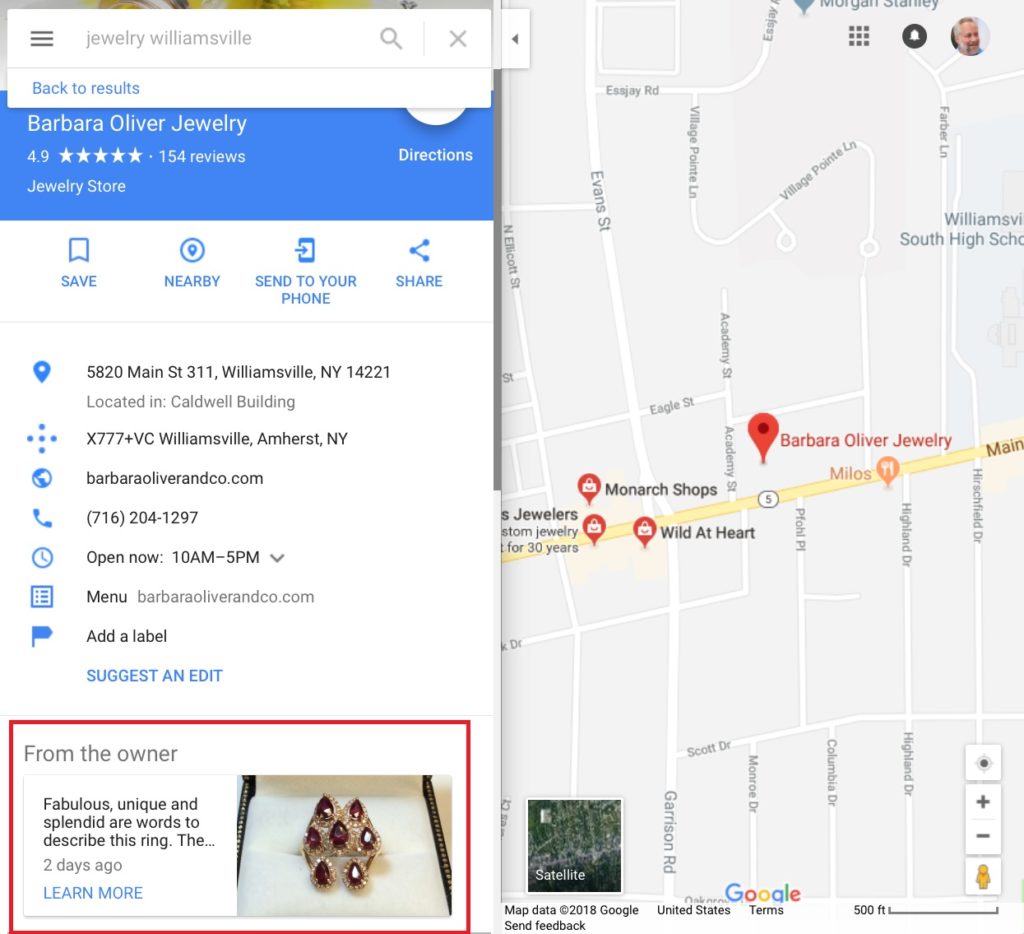Another month has passed, which means more developments in the world of Local Presence Management (LPM). This time we’ve seen some major changes with minor consequences, minor changes with major consequences—and a significant (if inevitable) demise that even casual users should note.
Google shuts down Google+
Remember that massive push Google made for their own social media platform meant to rival Facebook? Of course you do, because your YouTube and Gmail accounts were forcibly tied to it. But, after a recent security breach, Google finally admitted that the ghost town of a social networking site was more trouble than it was worth. The plug has been pulled.

Google admitted that the average use time of Google+ was about five seconds. Why was the time so low? Well, you’ve probably experienced this yourself. You clicked a link somewhere not knowing where it led and you found yourself on a Google+ page. You then immediately exited out of it (because what else was there to do?). From load to exit, that took about five seconds.
All those webmasters who used Google+ in the vain hope of improving their SEO can put their resources elsewhere: every best practice associated with the platform is now defunct. Google+ is only slightly less of a ranking factor now as it was while it was in its prime.
“Reserve with Google” expands; new design for hotel search results
Google has added many more third-party partners with which users can make reservations at restaurants, hotels, and other attractions. In addition, the “Reserve with Google” option is now finding its way into the local 3-pack on the top of Google searches.

But determining when this option appears in the 3-pack is still a mystery. Implemented as an almost imperceptible change, it is nevertheless sure to speed up the online booking experience and become much more prevalent over time.
Google is also rolling out a new design for hotel search results. The new design uses a grid interface that shows hotel cards sorted by your search filter. You can also change your date range, price range, review range, and other factors. Specific amenities for these hotels are also available as filters for those that require accessible parking, wheelchair accessibility, and more.

This particular update comes as Google has expanded its hotel display efforts considerably these past few months. The knowledge panels for hotels have become totally unique for that industry, and more and more features are rolling out. The bottom line is that Google is working to be the primary source of hotel bookings. Users and marketers alike should pay close attention.
Google’s mobile homepage receives a major redesign
If you’ve been to Google on mobile recently, you might be one of the users seeing an entirely new layout. Below the search bar, Google is replacing the usual white space with customized content for the user. Content recommendations are based on data in a user’s Google account, such as web activity, device information, location history, and location settings.

Users will be given unobtrusive information about sports scores, news articles, and other potential topics of interest. A unique feature of this feed is a button on the bottom-right corner of each element, which lets users indicate whether they want to see more or less of that type of story.
This redesign is very new and not fully implemented for all users. But once it is, you can be sure that that feed will be a highly contested spot for publishers of all stripes.
Google Posts now showing up on Maps
Google Posts are a relatively new feature where business can microblog directly on their listings. These posts generally expire within seven days, making them useful to promote sales, events, and specific products.

Interestingly, Google Posts have now been granted real estate on a business’s Google Maps listings. So while users are busy looking for “restaurants near me”, they will not only be shown a basic outline of these restaurants but also deals and specials they would have otherwise missed. Posts on Google Maps will give users more information about the places they’re searching for without requiring any additional clicks, taps, or navigation through menus.
Follow businesses on Google Maps
Speaking of Google Posts, Google has very recently announced that users can now “follow” businesses. Following businesses on the Google Maps app will be similar to following Facebook pages: after following, users will receive all the latest news (events, offers, etc.) in the “For you” tab. This feature is currently only available on Google Maps for Android but will certainly be rolling out to iOS soon.
“Branded” a new metric in the GMB Insights report
Finally this month, the Google My Business Insights report has been augmented: in the “How customers search for your business” view, there’s a new metric named “Branded”. If you have enough branded searches for your local listing, Google may show you a new yellow section for “branded” related searches. The category shows you how many people used branded terms in local search and on Google Maps.

Google explains:
Branded searches: A customer searched for a brand related to your business (e.g. a customer looking for fast food searched for “McDonald’s” and found your fast food restaurant listing). This category will only appear if your listing has appeared at least once for a branded search.
In other words, “branded” pertains to people who found your listings via a competitor’s brand keyword. Good to know!
Zoran Dobrijevic is DAC’s Product Manager and is based out of Toronto. If you have any comments or questions about Local Presence Management, local listings, or anything to do with boosting your business’s local search performance, please get in touch with DAC!




